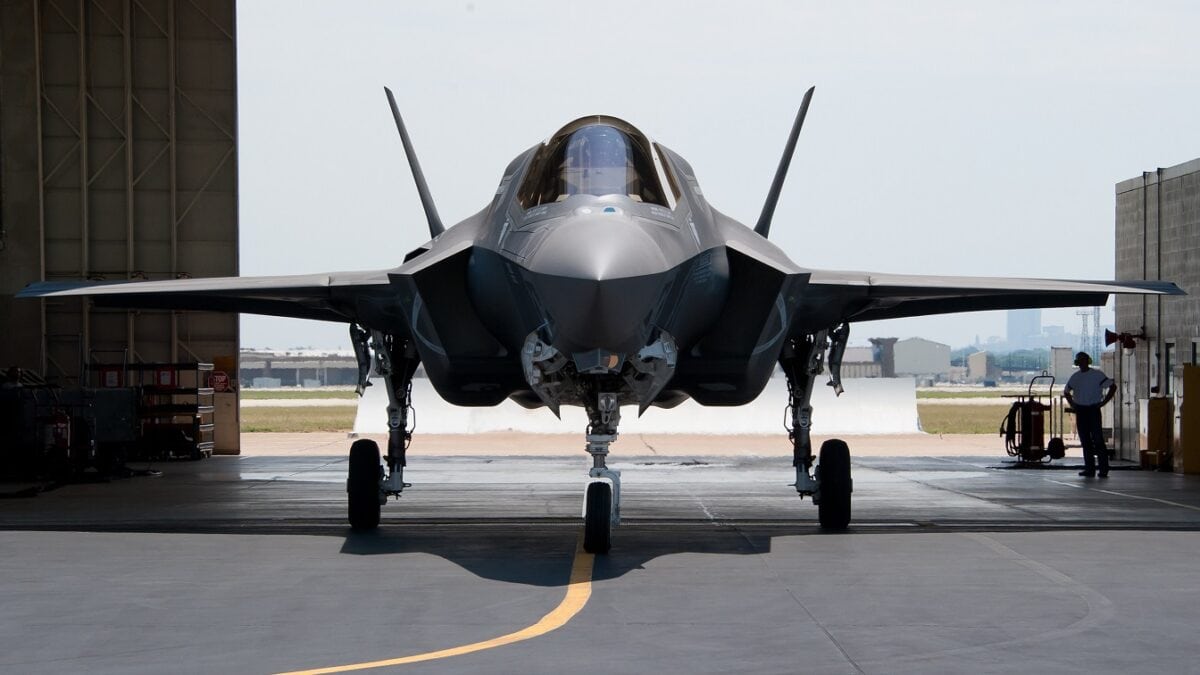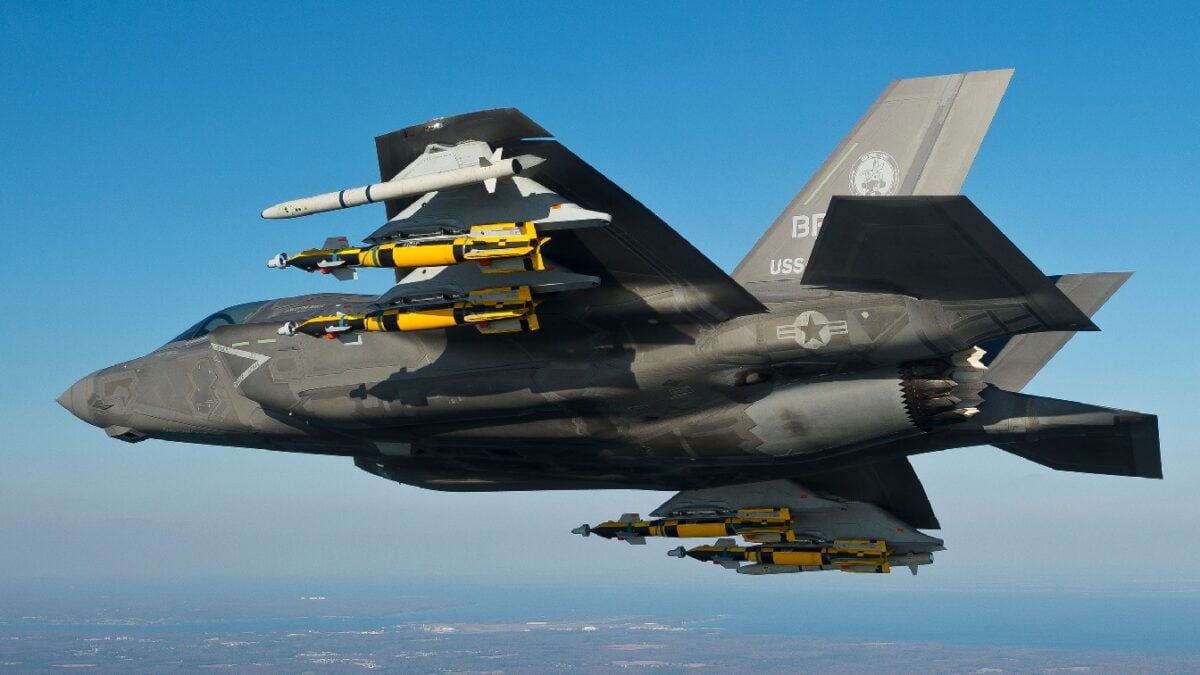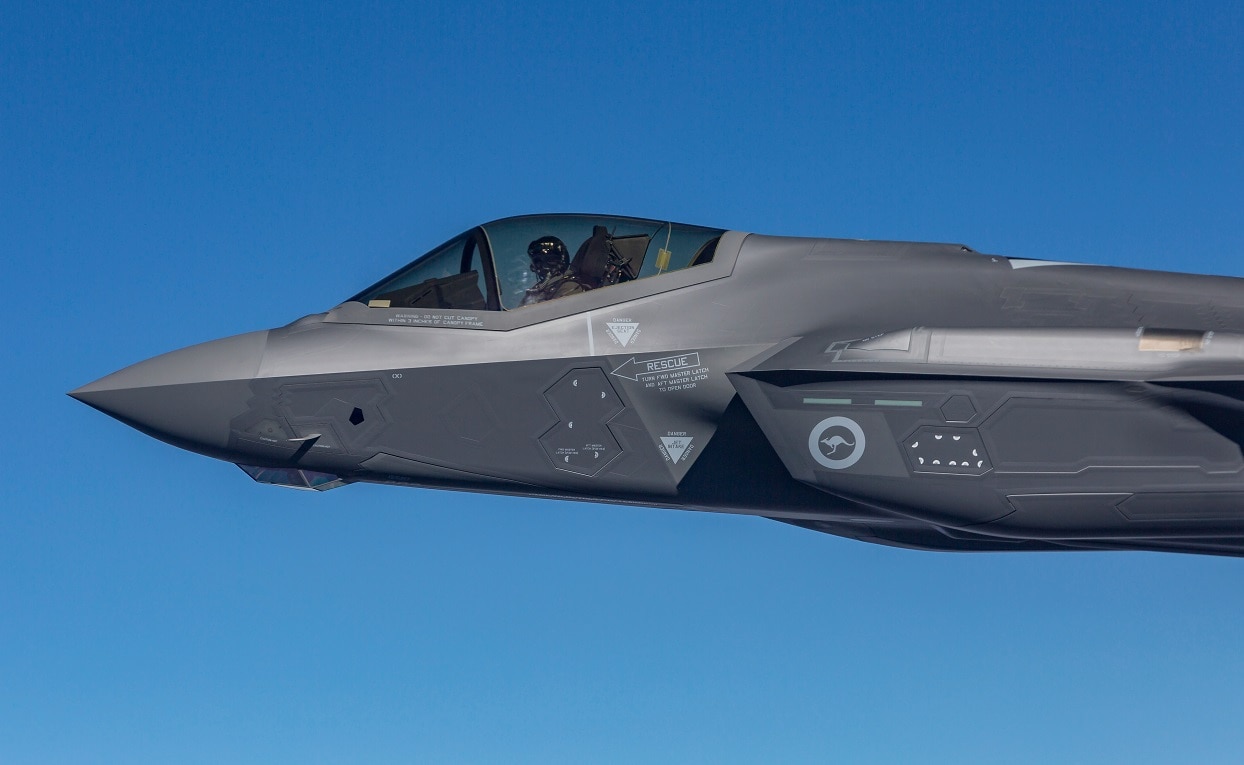The S-500 is probably Russia’s most advanced surface-to-air missile system. Moscow promotes it as an answer to advanced fighter aircraft such as the F-22 or F-35. Little is known about the system, which is still in development and has scant battlefield experience. But the S-500 system possesses formidable capabilities on paper.
Officially labeled as the S-500 “Prometey” (Prometheus), the S-500 is also known as the 55R6M “Triumfator-M.” Russia’s state-owned company Almaz-Antey has spearheaded its development.
What We Know, What We Don’t Know
The system consists of four 40N6M long-range surface-to-air missiles or two 77N6 interceptors in tubes mounted on a 77P6 launch vehicle. These accompany an array of advanced target acquisition, engagement, and anti-ballistic-missile engagement radars. Russia’s S-500 reportedly possesses a range of 500 to 600 kilometers (310 to 372 miles) with a maximum reach of up to 200 kilometers of altitude. It is touted as being capable of countering fifth-generation fighters as well as ballistic and cruise missiles, and even low-orbit satellites.
It is impossible for outside observers to independently verify the true combat capabilities of the S-500 system against fifth-generation fighters. Russian media also claim that the system will eventually be capable of intercepting hypersonic weapons – again, this is impossible to confirm.
Getting the S-500 Into Production
In April, Yan Novikov, the CEO of Almaz-Antey, announced that the S-500 system had officially entered mass production. However, as recently as May 2021, Russian Deputy Defense Minister Alexei Krivoruchko said that serial production of the S-500 would not begin until 2025. It is possible that the material demands brought on by Russia’s invasion of Ukraine influenced the recent announcement, regardless of whether S-500s are actually being produced at scale. The S-500 Prometey has been under development since 2010, and deadlines for serial production in 2014, 2017, and 2021 went unmet.
A Complementary System
The S-500 is not intended to replace the older S-400 surface-to-air system, but rather to fill a need to cover certain threat profiles that neither the S-400 nor the stationary A-135 anti-ballistic missile system can counter. Moscow hopes that the S-500 Prometey will thus become an integral part of Russia’s national air defenses. Some debate exists among Russia’s military leaders about whether new units will be stood up to utilize the S-500, or whether existing units of the Russian Aerospace Forces will take the lead.

F-35 Stealth Fighter. Image Credit: Creative Commons.

F-35 Stealth Fighter. Image Credit: Creative Commons.
Russian state media reported that the first deliveries of the S-500 system to the Russian Aerospace Forces were planned for air defense units stationed around Moscow. In addition to tests of the system in Russia, the S-500 was reportedly field-tested in Syria in 2019, although this was emphatically denied by the Russian Defense Ministry. Russian officials have also indicated that India could be an early recipient of the S-500 system, if it so chooses. Prior to the Russian invasion of Ukraine, Turkish President Recep Tayyip Erdogan indicated that Turkey, a NATO member which the U.S. previously sought to deter from buying the Russian S-400 system, would jointly produce the S-500 with Russia. Such a move would likely trigger new sanctions and technological restrictions along the lines of those Washington imposed on Ankara for its purchase of the S-400.
While Russia’s S-500 remains a relatively unknown quantity, it is clear that the Prometheus will play a key role in Russia’s future air defense.
Wesley Culp is a Research Fellow at the Center for the Study of the Presidency and Congress. He regularly writes on Russian and Eurasian leadership and national security topics and has been published in The Hill and the Diplomatic Courier. He can be found on Twitter @WesleyJCulp.

